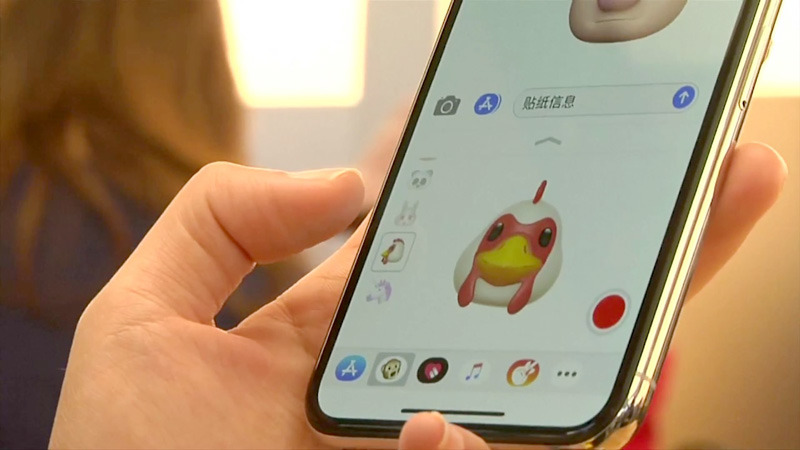Data suggests China's smartphone decline worse than expected, Apple's iPhone pushed out of fourth place
The Chinese smartphone market was actually hit harder in the March quarter than a recent report suggested, dropping 21 percent year-over-year to 91 million units, according to a separate analysis.
Eight of the top 10 vendors saw their shipments fall year-over-year, with companies like Samsung and Meizu narrowing to less than half of Q1 2017 figures, wrote research firm Canalys. One of the exceptions was Xiaomi, which is said to have grown shipments 37 percent to 12 million, supplanting Apple in fourth place.
Canalys didn't immediately provide Apple's numbers, but noted that the top four brands — Huawei, Oppo, Vivo, and Xiaomi — represented over 73 percent of shipments.
"The level of competition has forced every vendor to imitate the others' product portfolios and go-to-market strategies," analyst Mo Jia added. "But the costs of marketing and channel management in a country as big as China are huge, and only vendors that have reached a certain size can cope. While Huawei, Oppo, Vivo and Xiaomi must contend with a shrinking Chinese market, they can take comfort from the fact that it will continue to consolidate, and that their size will help them last longer than other smaller players."
The Canalys data would appear to conflict with a report by Counterpoint Research, which not only suggested an 8 percent industry decline but that Apple held on to fourth place, with its shipments rising 32 percent. Much of this was attributed to the iPhone X, which despite being prohibitively expensive for most Chinese drew attention from the people that could afford it.
Earlier in April, UBS analyst Steven Milunovich suggested that Apple was "fairly saturated" in the country, and predicted relatively flat sales with small long-term growth.
A more conclusive picture should emerge when Apple formally announces its March-quarter results on May 1. Apple normally avoids publicizing iPhone sales data until its quarterly announcements, leaving researchers to gauge the product's performance by other means.
 Roger Fingas
Roger Fingas











 Andrew Orr
Andrew Orr
 Marko Zivkovic
Marko Zivkovic
 Malcolm Owen
Malcolm Owen
 Christine McKee
Christine McKee
 William Gallagher
William Gallagher
 Andrew O'Hara
Andrew O'Hara

 Sponsored Content
Sponsored Content







